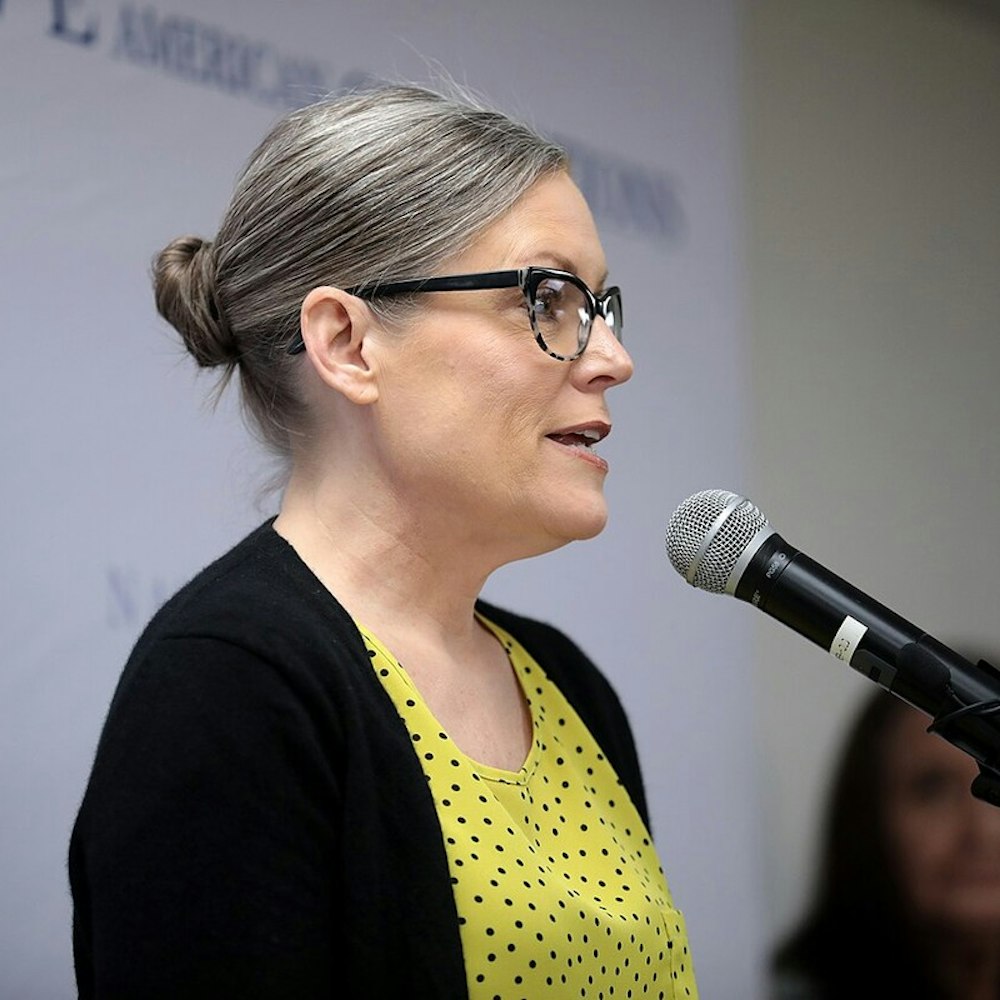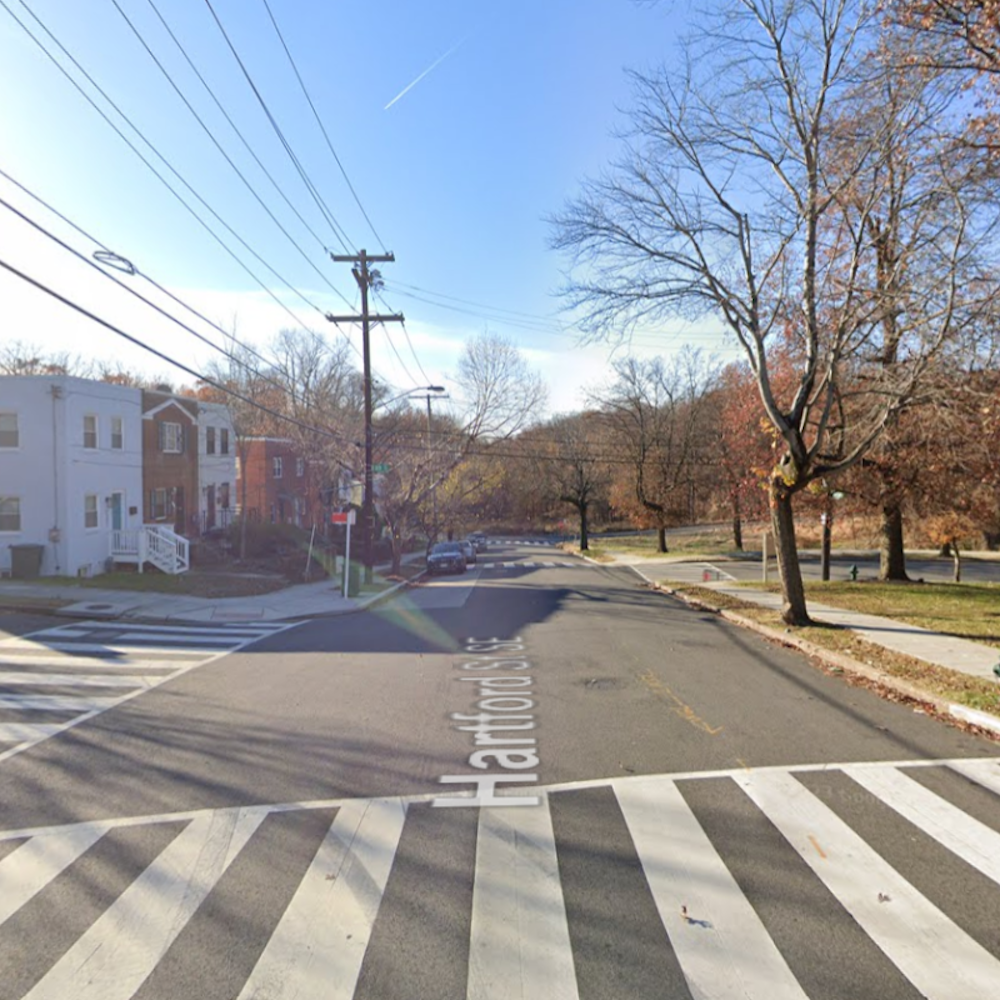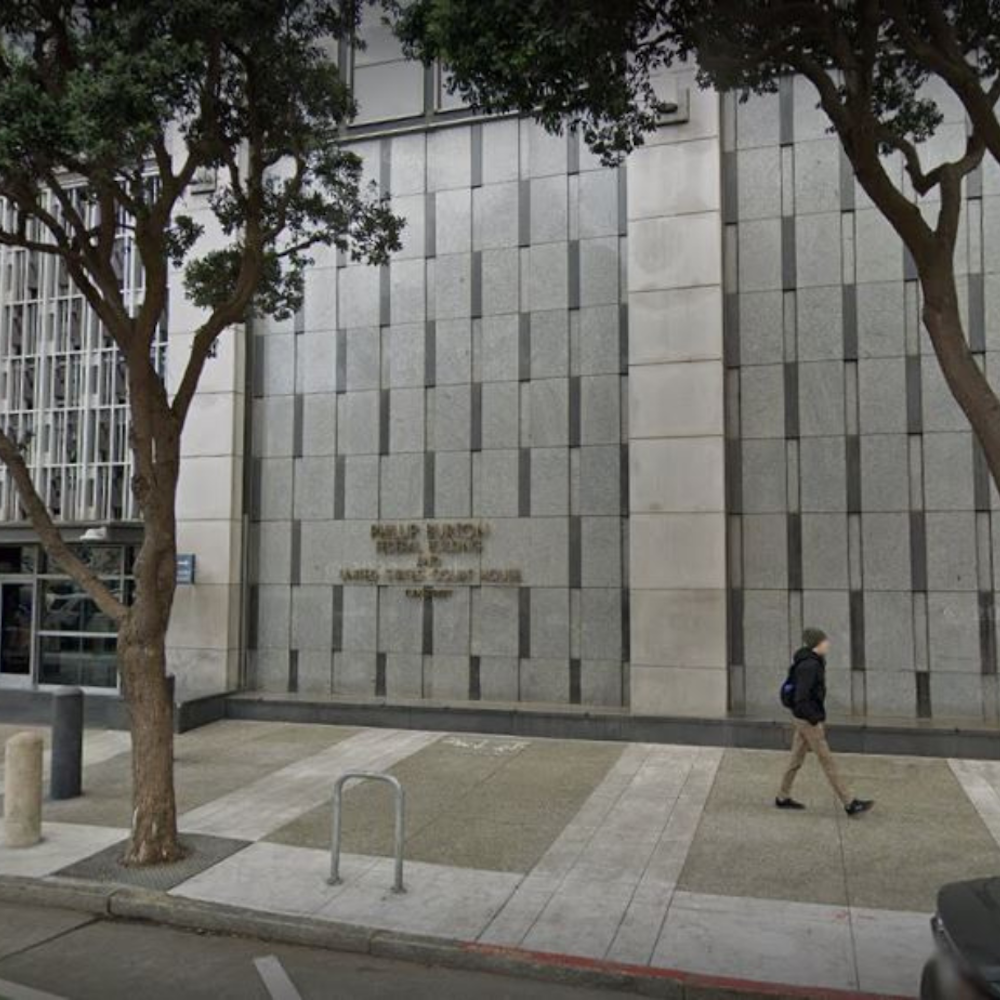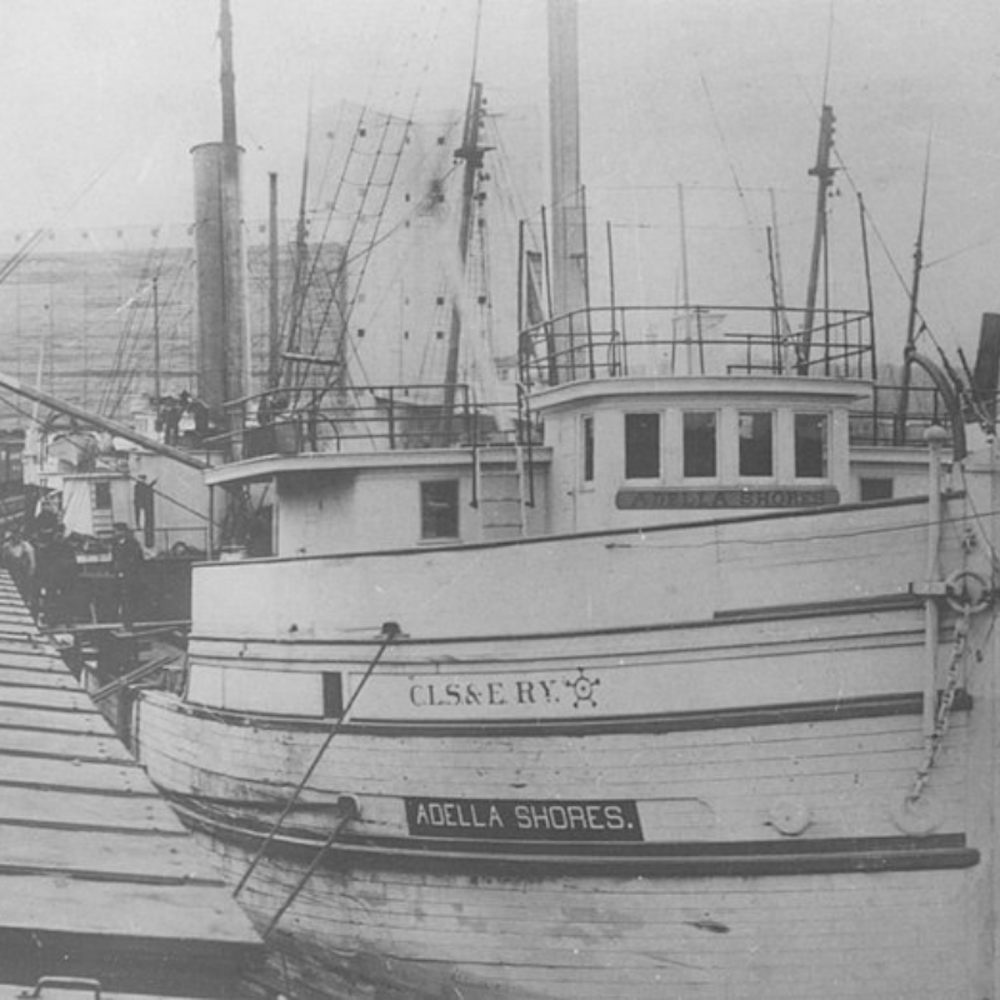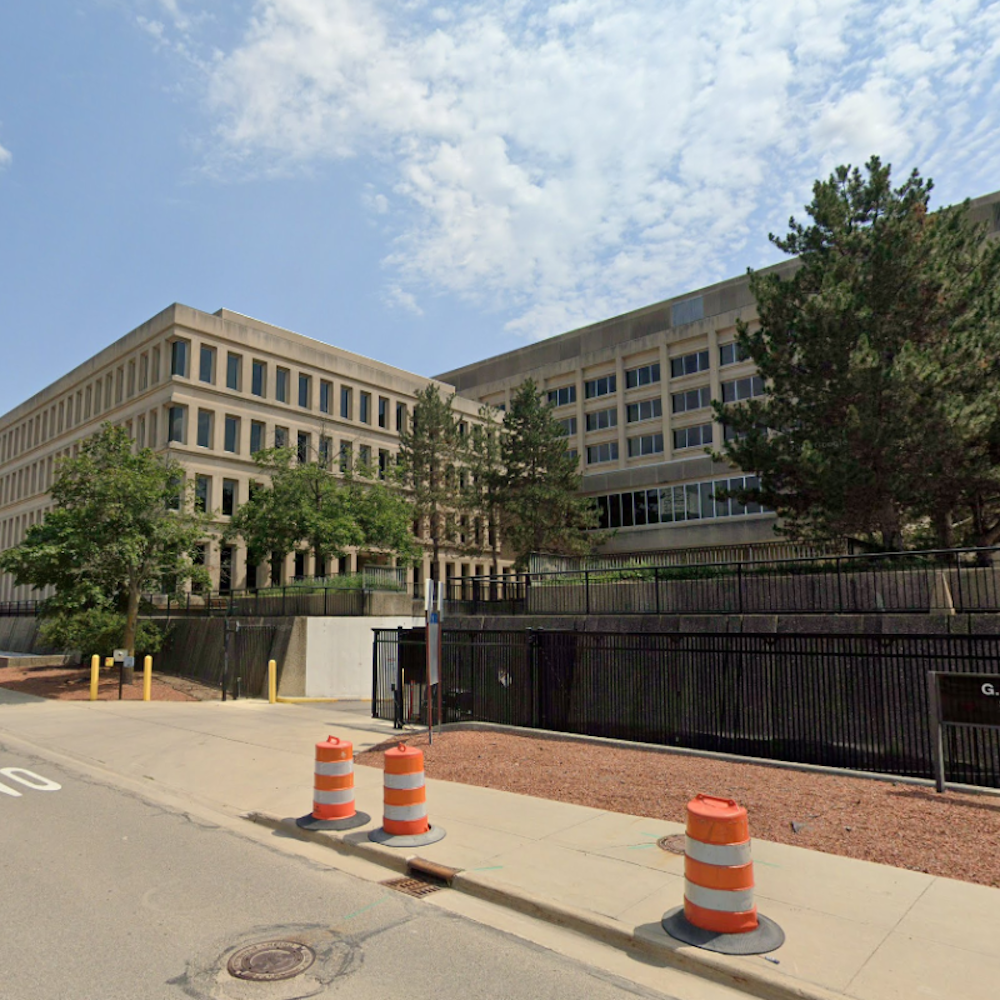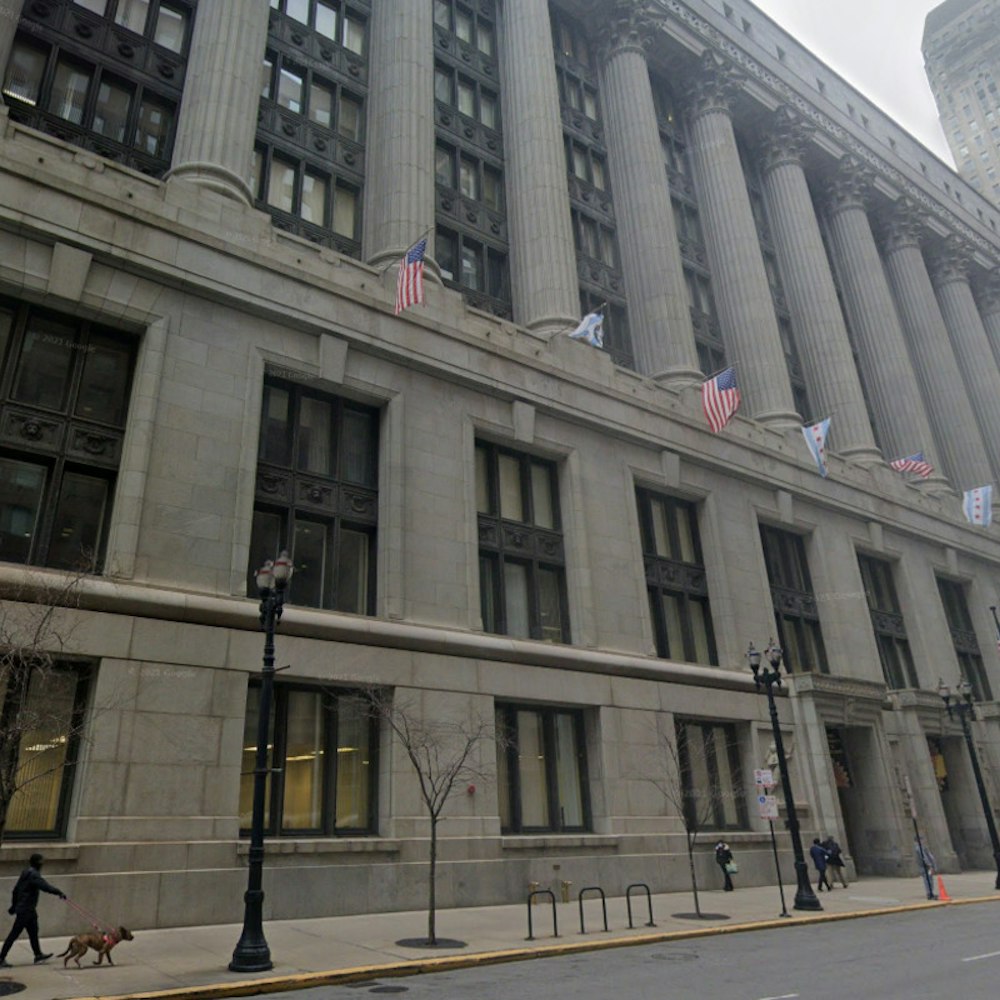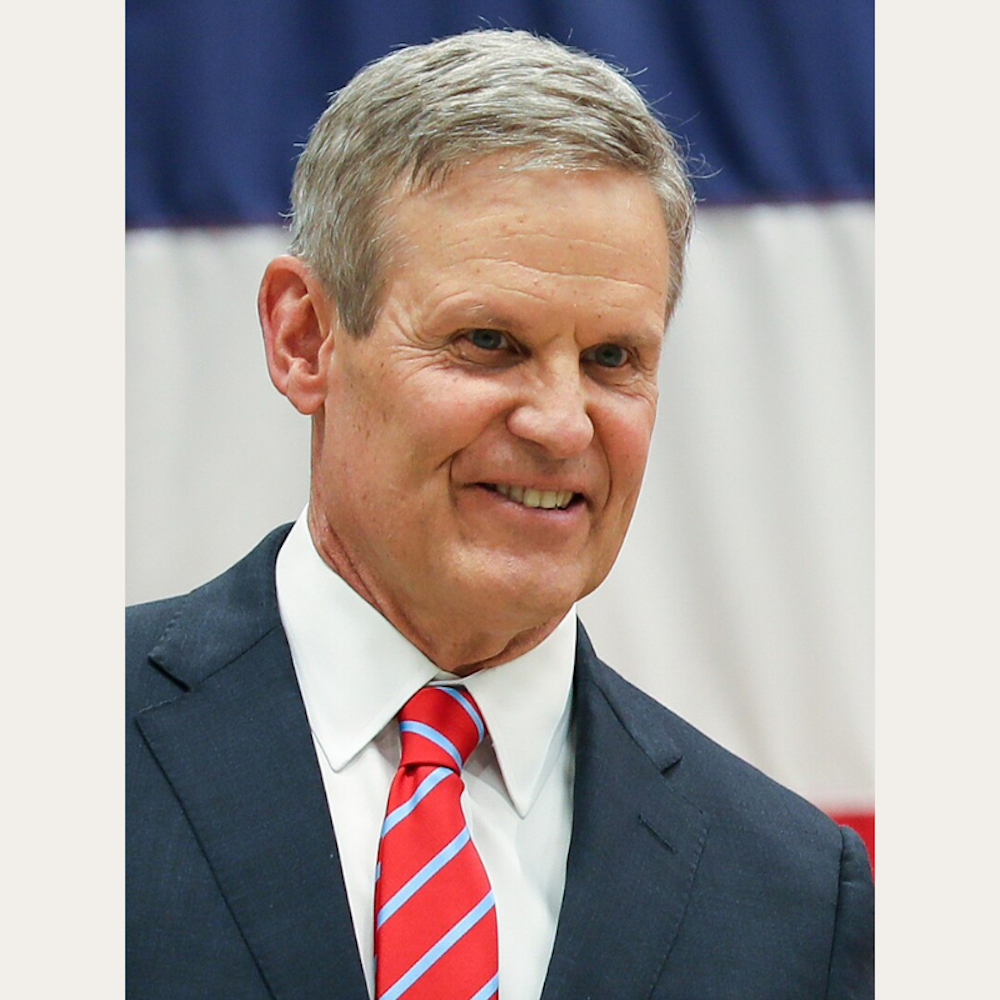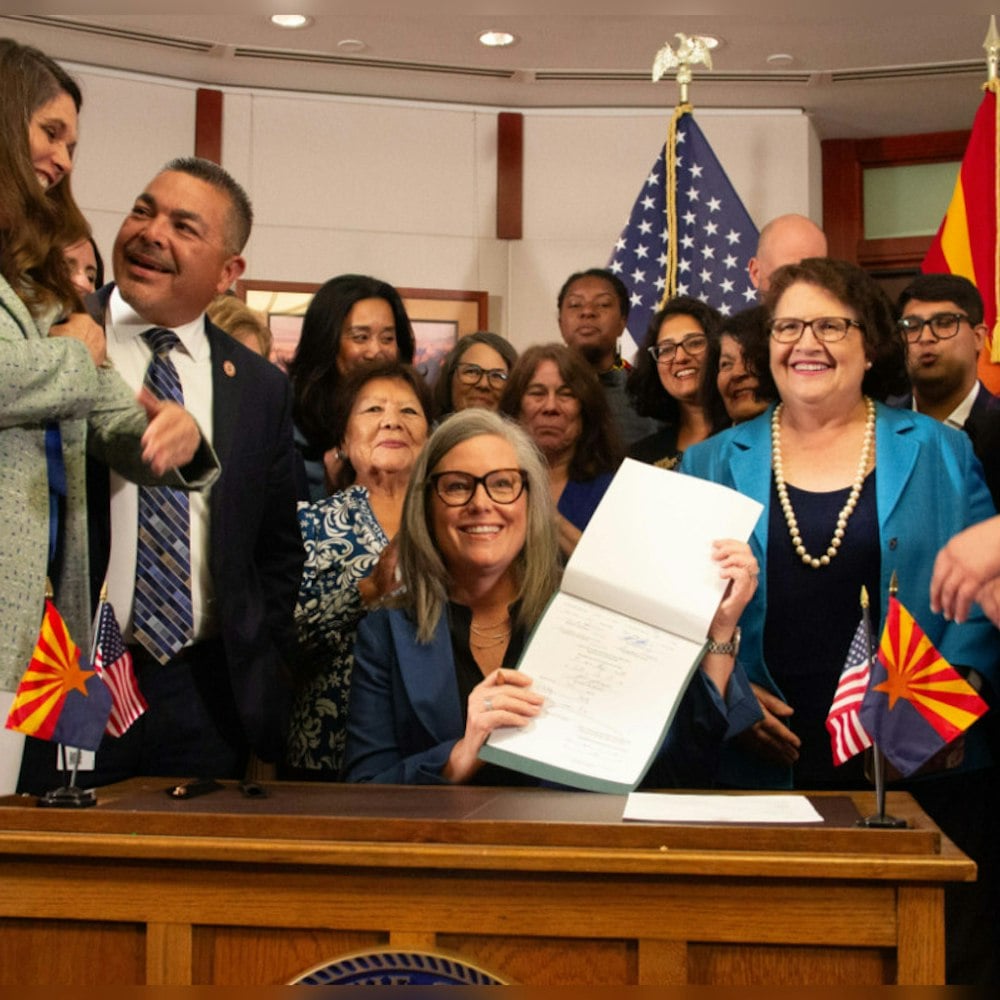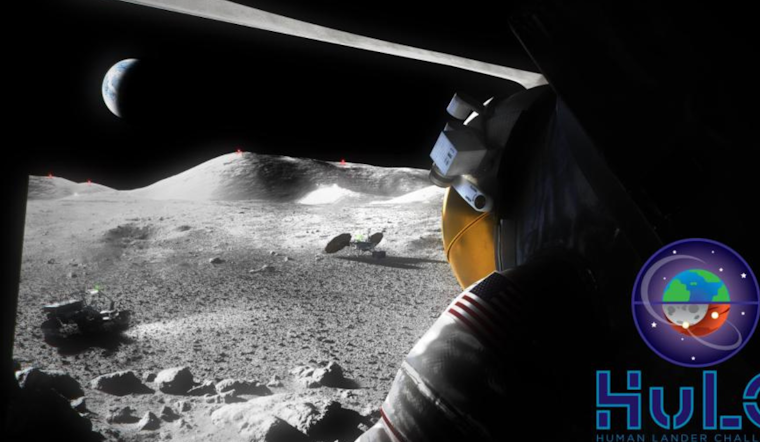
In a moonshot bid for tackling the gritty problem of lunar dust during landings, NASA has named 12 teams of brainy university students as finalists in its Human Lander Challenge (HuLC), as the agency ramps up its Artemis campaign to make the Moon's surface safe for human and scientific assets. According to a NASA release, these students are charged with the task of devising clever technologies to manage the maddening plumes of dust that could potentially blind astronauts and wreck equipment during lunar touchdowns.
The problem, known as plume surface interaction, is not to be taken lightly – it includes everything from the dusty turmoil kicked up by rocket engines, which could damage habitats, to the inescapable coats of lunar grime that would cover scientific experiments and is a concern that NASA and its partners must face as they shot for a sustained human presence on the Moon. The selected teams, hailing from institutions like Colorado School of Mines, Texas A&M University, and University of Michigan, will enter a months of refining their system-level designs, have when June rolling around, they'll trek to Huntsville, Alabama, where they will present their dust-busters to a panel of experts at the 2024 HuLC Forum.
"Their proposed system-level designs showcase the brilliance and dedication of the Artemis Generation to our collective mission," Jamshid Samareh, head honcho of the technology identification and assessment team at NASA's Langley Research Center, excitedly told NASA. The proposals range from the Colorado School of Mines team's "Prudent Landers – FAST," which sounds like something out of a "Star Trek" episode, to the more bewilderingly named "Plume Additive for Reducing Surface Ejecta and Cratering (PARSEC)" from Embry-Riddle Aeronautical University.
Each team of lunar dustbusters is awarded a $7,000 stipend to fine-tune their ideas which must pass the muster of feasibility and innovation and believe you me, with an $18,000 prize purse on the line for the top three teams, the competition at the 2024 HuLC Forum is going to be hotter than a rocket exhaust. If all goes well, these university whiz-kids could contribute significantly to safe landings on the Moon, as NASA looks to send the first woman, first person of color, and its first international partner astronaut there, in a bid that's not only historic but also a lead-in to even more ambitious jaunts to Mars.
